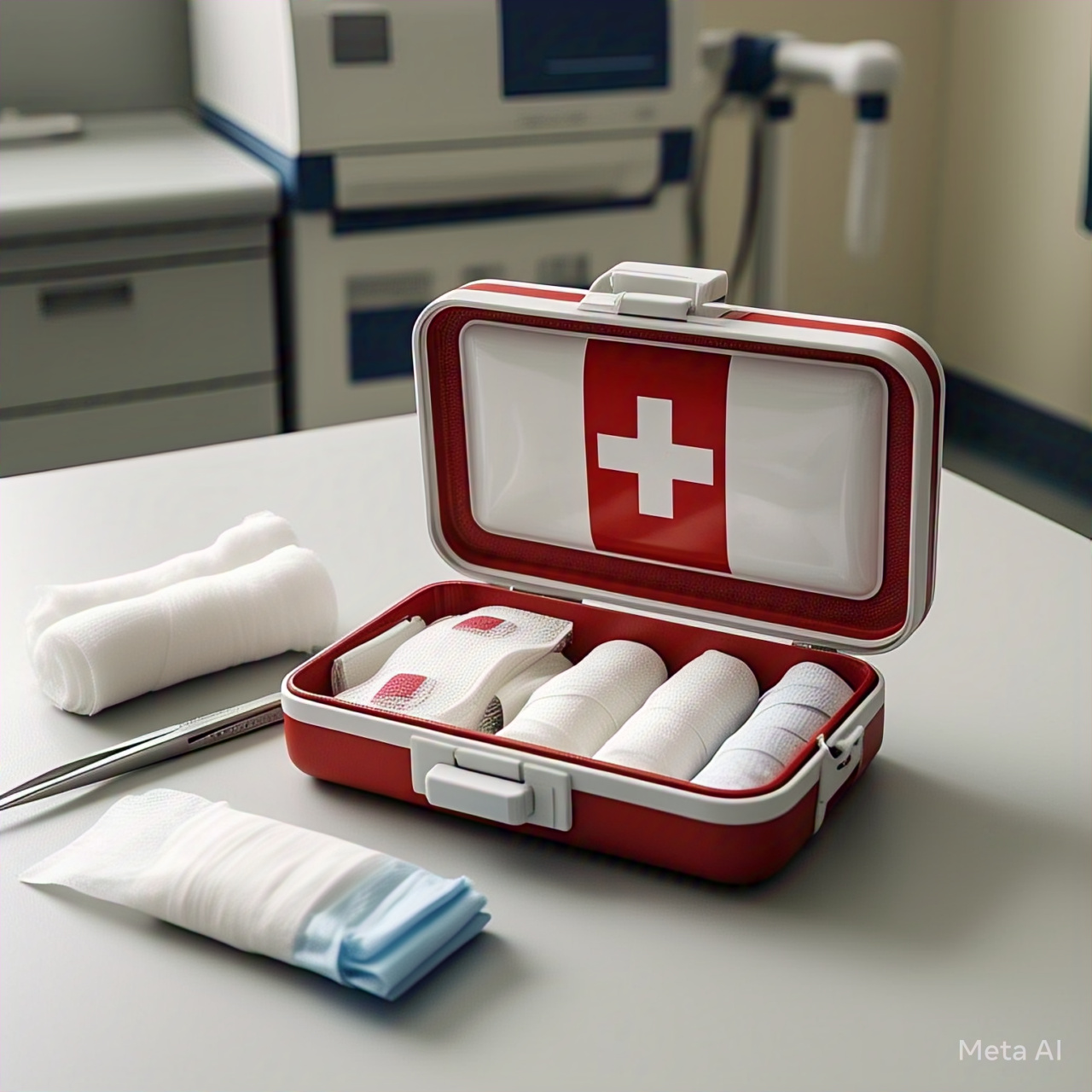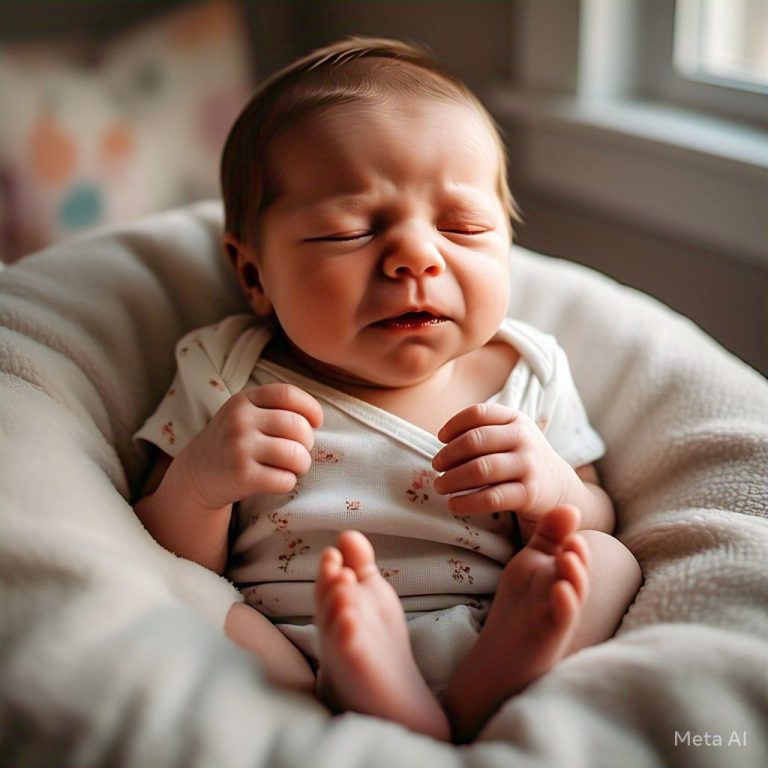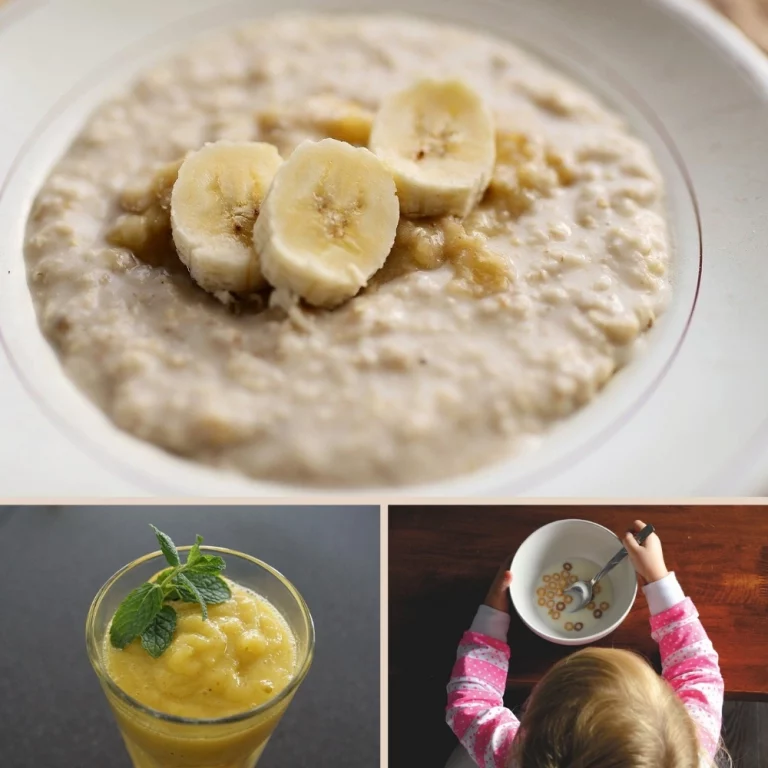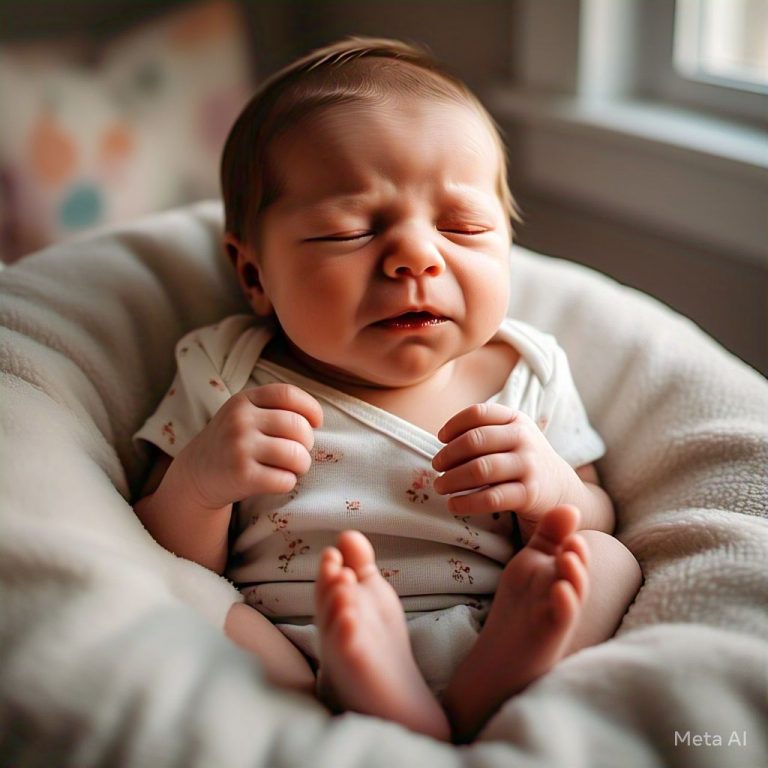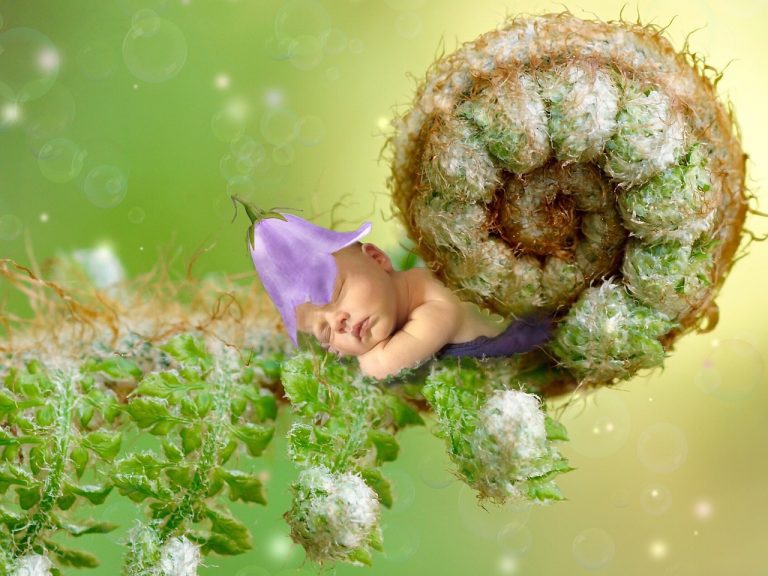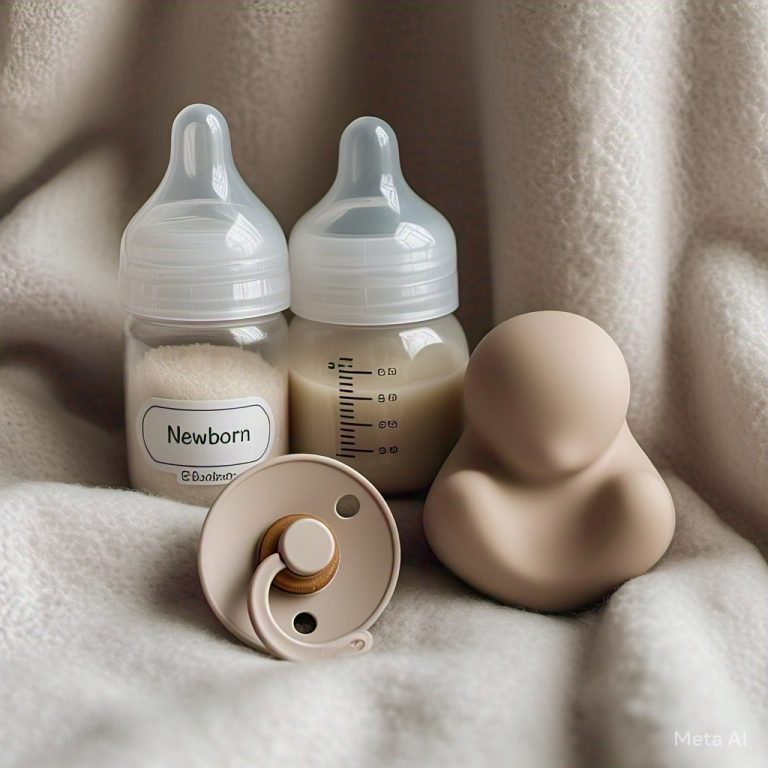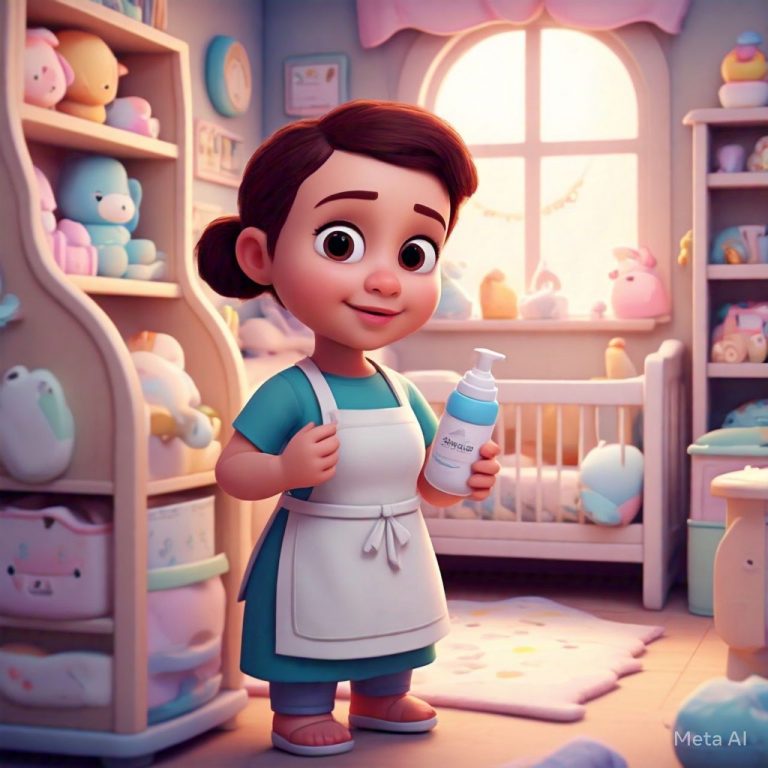Burns and Scald First Aid in Children
Burns and scalds are among the most common injuries in young children.
Whether it’s a spilled cup of tea, a hot bath, or a pot handle within reach, children’s natural curiosity puts them at risk.
As parents, understanding how to prevent and respond to burns is essential.
Preventing Burns and Scalds
Prevention is always the best approach when it comes to burn injuries.
Here are key steps to reduce the risk in your home:
1. Keep Hot Drinks and Pot Handles Out of Reach
Hot drinks can cause serious burns in seconds. Always keep cups, mugs, and hot food away from the edges of tables and countertops. Similarly, turn pot handles towards the back of the stove to prevent children from grabbing them.
2. Never Leave Children Alone in the Kitchen or Bathroom
The kitchen and bathroom are high-risk areas for burns and scalds. A child left unattended in these spaces, even for a few seconds, could reach for a hot object or turn on the tap. Supervision is key to keeping them safe.
3. Control Water Temperature to Prevent Scalds
Hot tap water can cause severe burns in moments. To prevent scalds:
Reduce the delivery temperature of hot water at basins, baths, and showers to 50ºC. All new hot water systems are required by law to have this setting.
The recommended bathing temperature for young children is 37 to 38ºC. Always test the water before placing your child in the bath.
Immediate First Aid for Burns
If your child sustains a burn, taking the right action immediately can reduce the severity of the injury. Follow these steps:
1. Cool the Burn with Running Water
Place the burned area under cool running water for at least 20 minutes. This helps to reduce pain and prevent further skin damage. Do this as soon as possible after the injury occurs.
Do not Apply Butter Oil or Toothpaste
Home remedies like butter or toothpaste can trap heat in the skin, making the burn worse. Ice can cause further tissue damage. Stick to cool running water and keep the area clean.
3. Seek Medical Help for Severe Burns
Dial for an ambulance if:
The burn is deep or larger than a 20-cent coin.
The burn is on the face, hands, feet, or genitals.
There is blistering or white, charred skin.
The child is in severe pain or showing signs of shock.
4. Cover the Burn
After cooling the burn, loosely cover it with a clean, non-stick dressing (such as cling film or a sterile cloth). This helps protect the wound while awaiting medical care.
Burns and scalds can happen in an instant, but with proper prevention and quick first aid, the impact can be minimized. Always be mindful of potential hazards in your home, and if an accident does happen, act fast to ensure the best possible outcome for your child’s recovery.
